How to master all three languages: Chinese, Japanese and Korean?
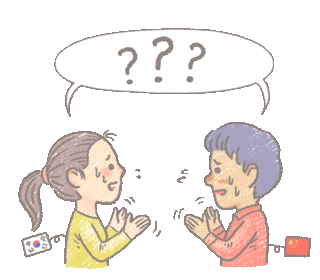
If you’re interested in learning the three languages of Chinese, Japanese, and Korean, Chinese characters are the key.
You can opt not to learn Chinese characters, or even delay doing so, while learning Japanese, Korean, or even Chinese (yes, you can learn conversational Chinese by using Pinyin/Zhuyin), but if you want to be a truly fluent speaker of these three languages, Chinese characters are the key. Once you have acquired the knowledge of a certain number of characters, it becomes easier to build up your Japanese/Korean vocabulary. With the Chinese characters you know, you can often guess the meaning of new combinations of characters that you encounter in your reading.
Heads up!
Written Japanese, or Kanji, is partially expressed using Chinese characters, while Korean is generally written in Hangeul (the Korean alphabet). In both languages, the changes were needed because Chinese characters were not designed for the conjugations that exist in Japanese and Korean.
Even if they are written in Kanji or Hanja, many “native vocabulary” can only be explained in Japanese/Korean context. Besides, many of the characters have, over time, taken on different meanings in Japanese and Korean.
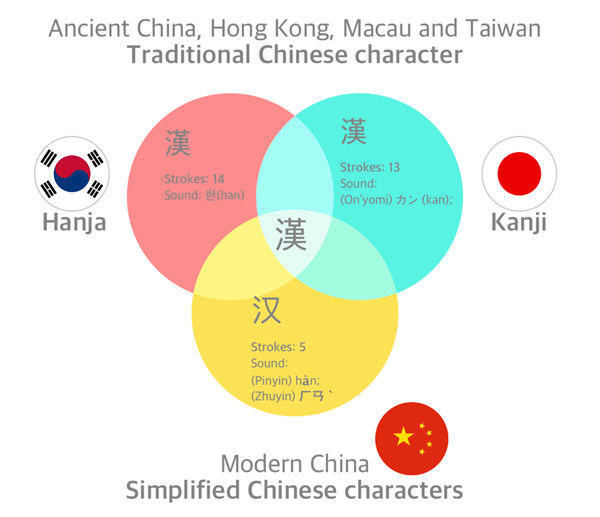
What is CJK’s writing system?
- Japanese has 3 writing systems: Hiragana (ひらがな) , Katakana (カタカナ) and Chinese characters known as kanji (漢字).
Japanese syllables are written sequentially such as the letters of the Latin alphabet. For instance, “はん” (originated from 漢) is composed of two phonetic letters: は (ha) and ん (n); “カン” (originated from 漢) is composed of two phonetic letters: カ (ha) and ン (n).
- Korean is written 100% in Hangeul (한글), some of which “originated” from Chinese characters (漢字) known as hanja (한자).
Korean syllables, Hangeul (한글), are “grouped” into blocks using consonant and vowel parts. For instance, “한” (originated from 漢) is composed of three phonetic letters: ㅎ (h),ㅏ (a) and ㄴ (n).
- Mandarin Chinese is written 100% in simplified Chinese characters (汉字).
Chinese characters are not “built” by consonant and vowel parts. They are in fact compounds of a “pictorial” element. Hanyu Pinyin (developed in the 1950’s) and Zhuyin (developed in the 1910’s) are rather new inventions to “spell” the sound of the spoken language*1. It is not a system for spelling the shapes of characters. The simplified Chinese character “汉” (originated from 漢) is pronounced as “hàn” or “ㄏㄢˋ”.
Which language is the easiest from among Chinese, Japanese, and Korean?
Well, there is no absolute answer that applies to everybody. If your native language is English you will probably find…
… Japanese the easiest to pronounce.
… Korean the easiest to read.
… Mandarin Chinese the easiest to speak/converse.
But really, it all depends on the individual. Some would find one language easier to learn than the others. And that’s fine! What’s important is that once you set out to learn a language, you do your best, and eventually, you will get the hang of it.
In what sequence should we go about learning them? To what extent can learning one help us with the others
There’s no quick and fast rule but here is what I think.
1) You should let your passion be your guide. Whether you like K-pop, Japanese popular culture, or if you have a more practical reason, go with what interests you or what you feel you need to learn. Learning a new language is fun, even if it is time-consuming. Focus on one language at a time but don’t expect you will “automatically” understand or speak the other Asian languages right away.
2) If you want to learn at least two out of the three languages, and you’re not particular which ones to learn, you should definitely start with Chinese. Here are some notes on these languages:
A. Pronunciation:
- Japanese should be the easiest for beginners to pronounce but almost every character has multiple pronunciations.
- Most Chinese characters can be pronounced in just one way and tones are easy if you approach them the right way.
B. Reading:
- Korean Hangeul should be the easiest to read but the fact that it no longer uses hanja (Chinese characters) makes it harder to associate the sound with the Chinese character and its meaning.
- Once you grasp a few hundred Chinese characters, not only will your ability to “guess” the sounds and the meanings of other characters increase tremendously, but you will also be able to “guess” the meaning of Japanese/Korean words based on their sound.
C. Speaking/Conversation:
- Chinese grammar is very simple: no verb, gender, or honorific conjugations, no tenses, not even singular and plural changes in grammar.
- Japanese and Korean have been heavily influenced by Chinese in terms of vocabulary, writing systems, and culture, so being the so-called “source” language can provide a foundation for learning.
3) You may learn Japanese and Korean simultaneously. Japanese and Korean are more similar to each other than to the Chinese language.
(Click here to check Can the Chinese Actually Understand the Japanese and Korean languages?)
So, in summary, learning Chinese is the key to a better and quicker understanding of Japanese and Korean, as the two other languages can trace their origins to here. If you plan to learn all three, starting with Chinese is a good plan. Having said that, whichever of the three you choose to learn, you should put all your heart and mind into it, and for sure, you will reap the rewards of having done so.
Reference:
*1 https://en.wikipedia.org/wiki/Pinyin and https://en.wikipedia.org/wiki/Bopomofo

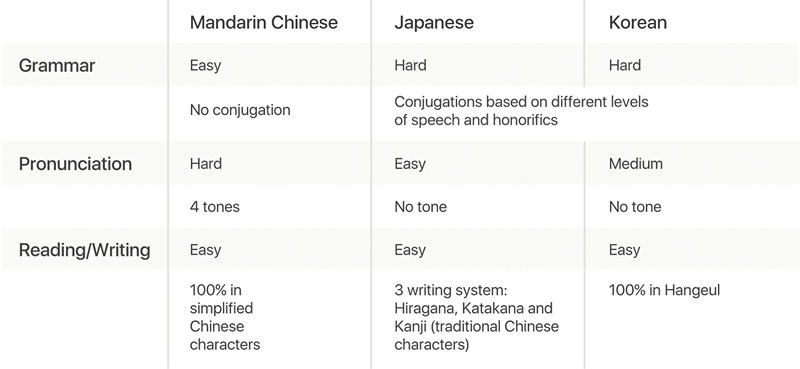

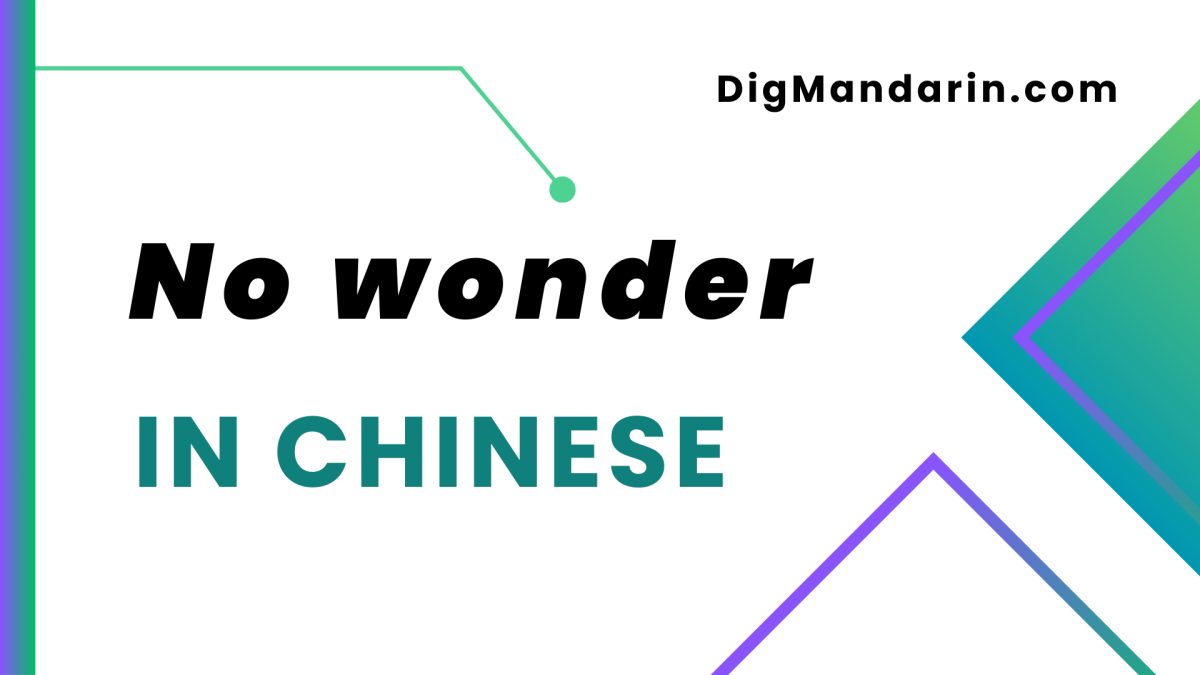
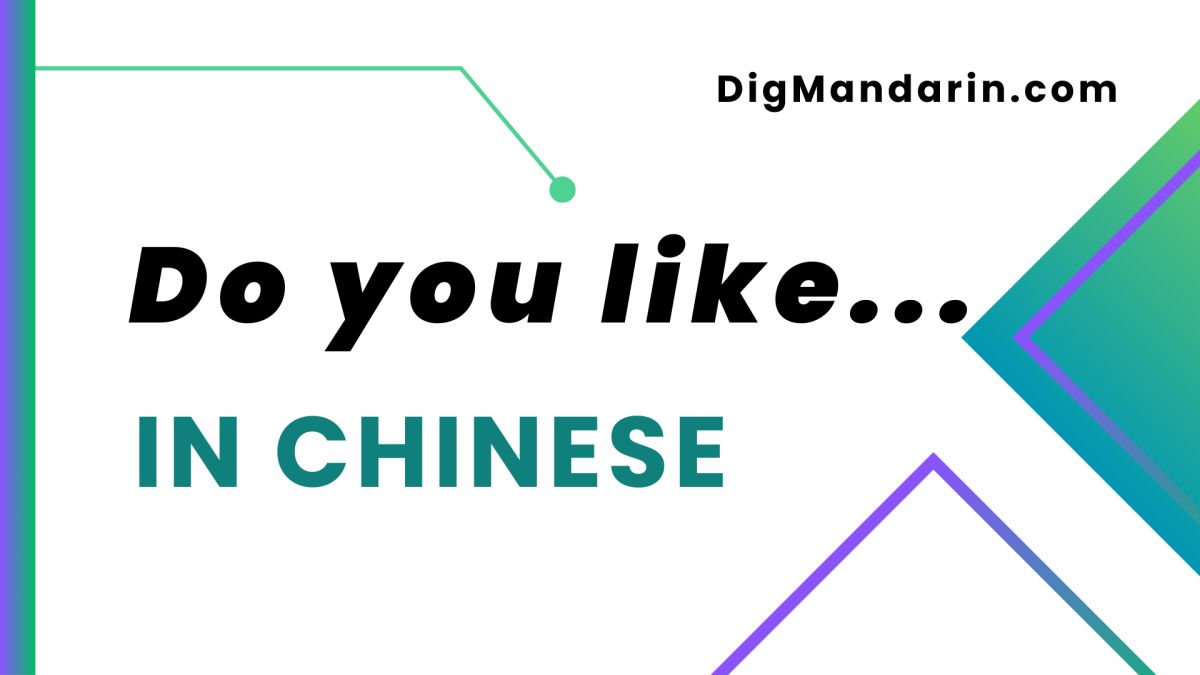
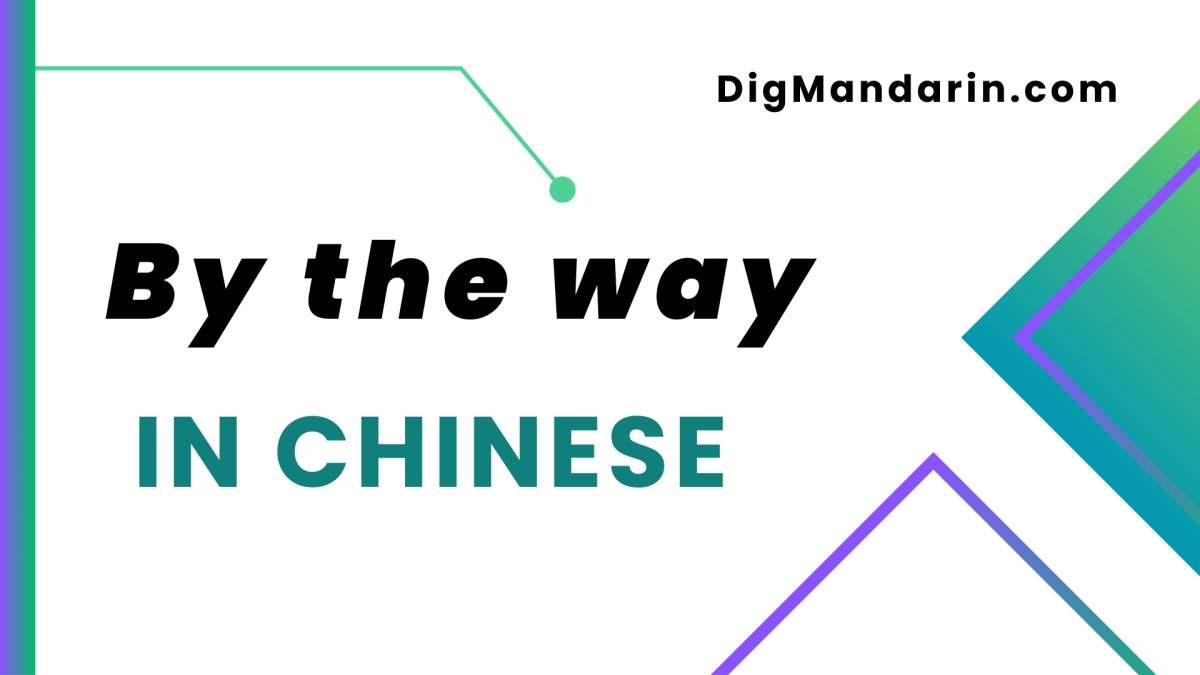
I completely disagree! korean is not the easiest to read since it’s a phonetic writing system… just because you can read it out phonetically doesn’t mean you actually understand what you’re reading!
I am a Vietnamese native speaker. I am self studying Chinese at the moment and has achieved HSK2 level. At the same time, I also learn Japanese, beginner level.
I realize that Japanese pronunciation is easier than Chinese. All we need to do is to remember the alphabet table. You are right, the grammar is hard (for me) as it is totally different from my mother tongue, English and French.
I have seen that some learners on youtube were studying 3 languages at the same time. I don’t know if i can do that. However, when i read your post, I want to challenge myself to learn 3 languages. Wish me luck 🙂
Who speak chinese or korea or janppes please guy touch me to speak those language this three language
I honestly don’t know when have you posted this, but if youre looking of a language exchange partner, I do need one, so
I find Korean the easiest to sing but the hangul is harder to read.
it is honestly easy to read, but difficult to pronounce, as it using your tongue to produce a native sound efficitenly of what youre reading, so